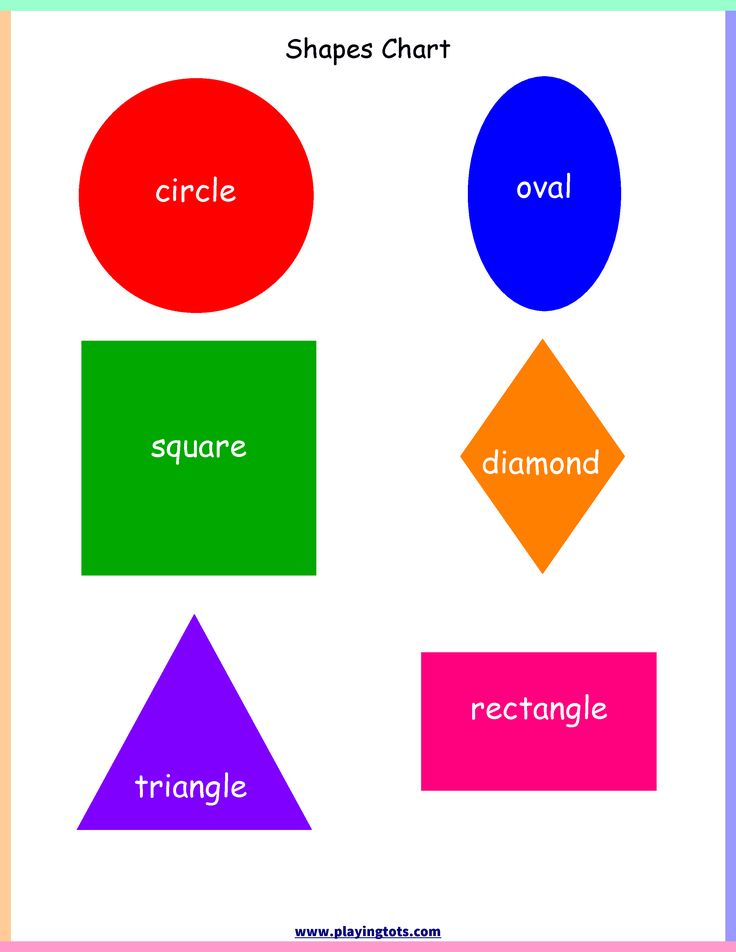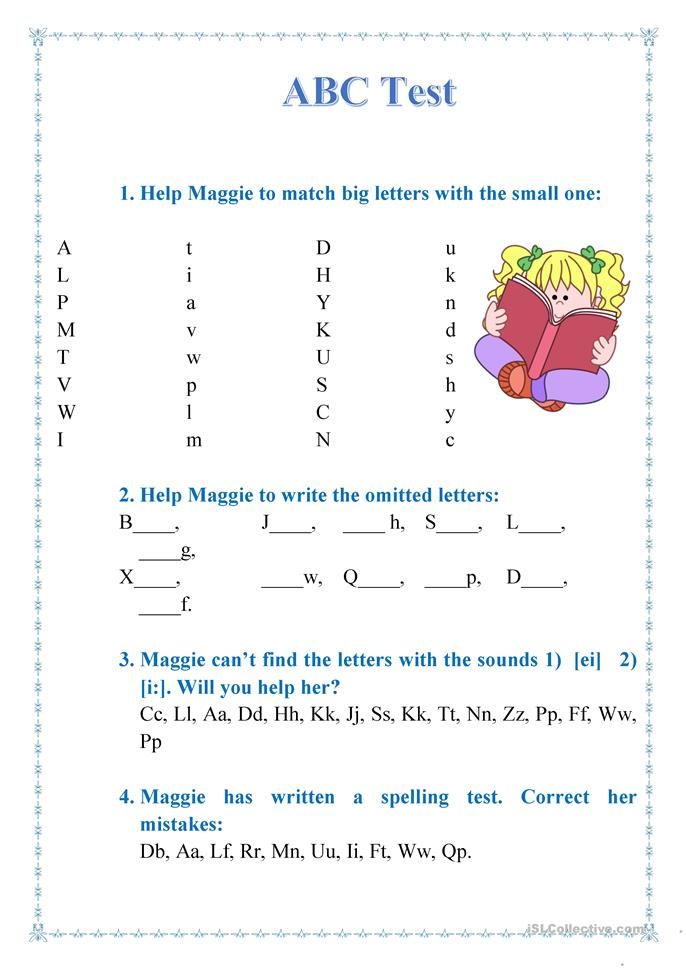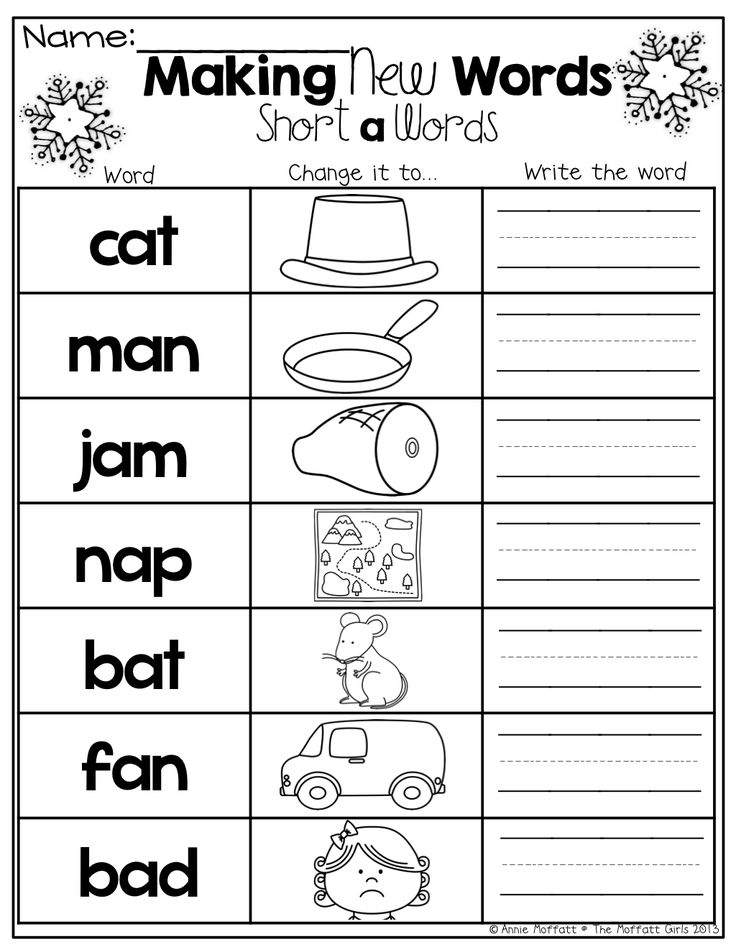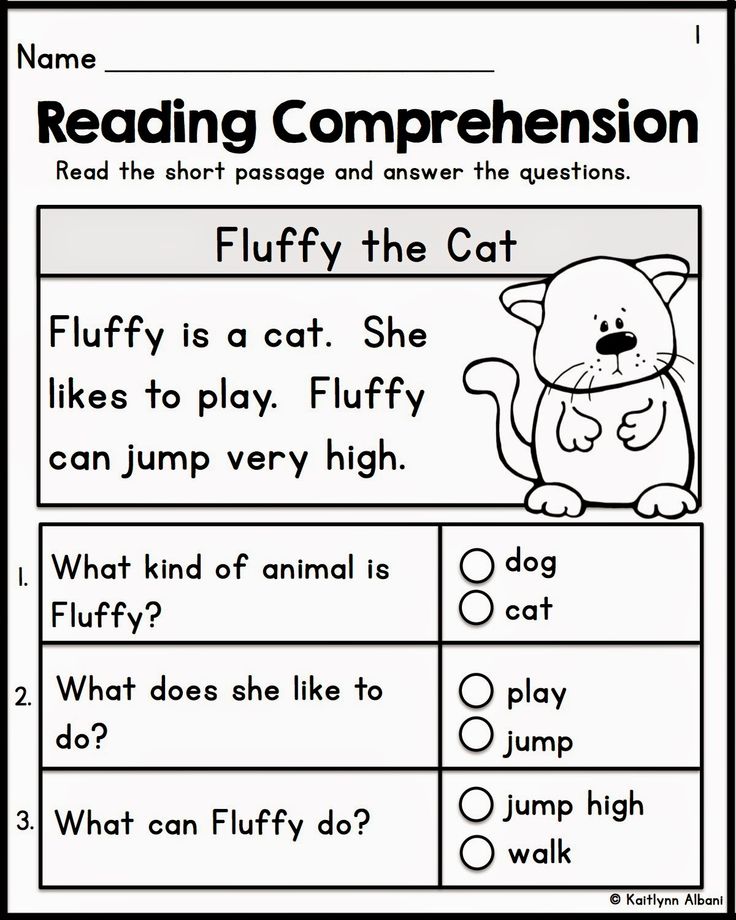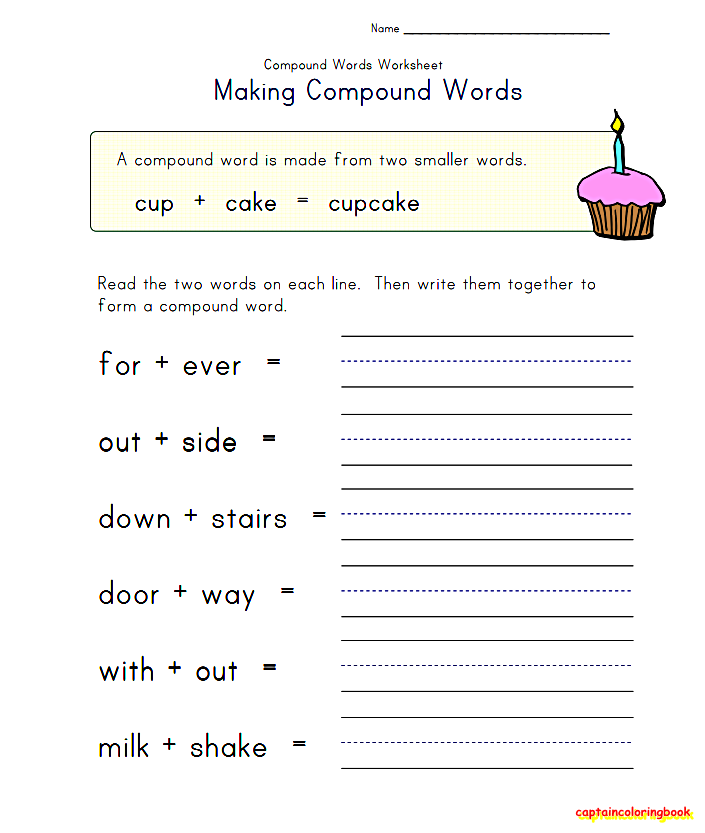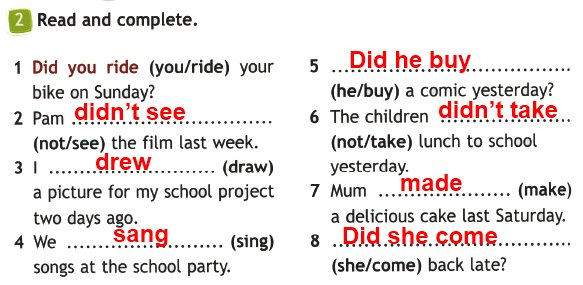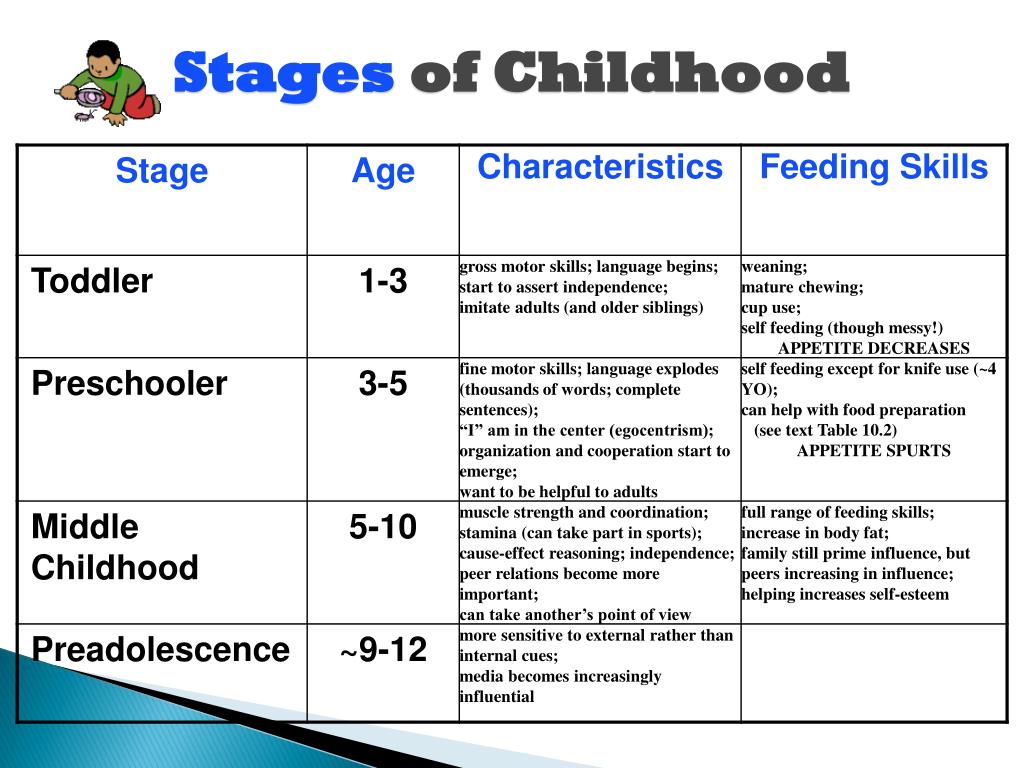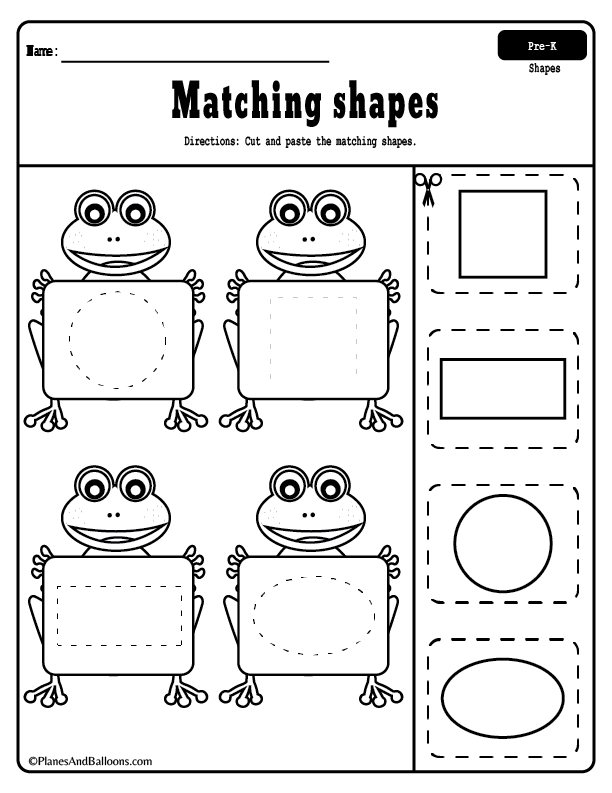Variety of shapes
Shapes- Definition, Types, List, Examples
LearnPracticeDownload
The shape can be defined as the boundary or outline of an object. It is the surface we see and does not depend on the size or the color of the object. Everything around us has a different shape, such as the square, rectangle, or three-dimensional sphere. Have you seen the model of the Earth called the globe? What is the shape of this globe? Have you noticed the shape of a pizza? It is round in shape. If we cut out a slice from the pizza, the slice gets a triangular shape. Let us learn all about shapes, types of shapes, and geometric shapes.
| 1. | What are Shapes? |
| 2. | Types of Shapes |
| 3. | List of Shapes |
| 4. | FAQs on Shapes |
What are Shapes?
Shapes define the boundary of an object and can be differentiated in many ways based on their properties. These shapes are closed by a boundary which is made by combining the curves, points, and line segments. Each shape has a name depending upon the structure. Few shapes are circle, square, rectangle, triangle, and so on.
Types of Shapes
Shapes can be classified into various categories. Before classifying shapes further in separate structures the basis of each shape depends on the following classification:
- Open Shapes: Open shapes are not continuous and are made up of line segments or curves which do not meet. Letter C is an example of an open shape.
- Closed Shapes: Closed shapes can be traced without any break. They start and end in the same place. Letter D is an example of a closed shape.
Further, each shape is classified on the basis of dimensions it has. In this section, we will discuss the two major types of shapes:
- Two-dimensional (2D): 2D shapes, as the name suggests, have only two of these measurements, i.
 e., length and breadth.
e., length and breadth. - Three-dimensional (3D) shapes: 3D shapes have a length, a width, and a height. You can learn more about it here.
A square is a 2D shape, whereas, a cube is a 3D shape.
List of Shapes
We know that shapes are made of straight lines or curved lines and they can be open or closed. Lines are defined as a collection of points. In other words, many points are put together to form a line. They may form a straight line or a curved line. Shapes are closed shapes that are created by joining lines together. Closed shapes made of four straight lines are called quadrilateral shapes. Given Below is the list of shapes with real-world examples.
- Circle: A circle is a closed shape. It is categorized as a two-dimensional geometric shape that is round in structure. It does not have any lines or corners. For example, the wheel of a vehicle, pizza base, dartboard.

- Oval: An oval is an elongated shape slightly similar to a circle. It has no straight lines or corners. For example, the number zero (0).
- Square: A square is a closed 2-D shape that is formed by four sides. The length of each side is equal in measurement. For example, a chessboard and a carrom board.
- Triangle: A triangle is a shape with three sides and is categorized as a two-dimensional geometric shape. For example, the shape of tangy nachos, one slice of cheese burst pizza.
- Rectangle: A rectangle has four sides. It is a two-dimensional geometric shape in which the length of the opposite sides is equal. For example, laptop screen, touch screen mobile phones etc.
- Polygons: A polygon is a closed two-dimensional figure with three or more straight lines. For example, windows, doors.
- Cube: A cube is a closed three-dimensional geometric shape. It is made up of six squares. It has six faces. For example, a Rubik's cube, a ludo dice, an ice cube.
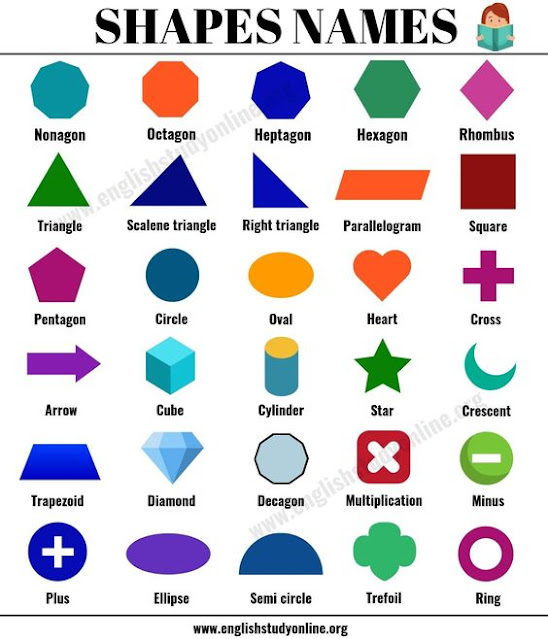
- Cuboid: A cuboid is another three-dimensional shape that is formed using rectangles. For example, a duster, a book, a pencil box.
- Sphere: A sphere is a solid shape that is similar to a ball. It is a closed three-dimensional shape formed using a circular base. For example, football, basketball, etc.
- Cylinder: A cylinder is a solid shape that has two flat ends of circular formation. It is a three-dimensional figure which is formed by folding a rectangle. For example, coldrink cans, pool noodles, water bottles.
- Cone: A cone is a solid three-dimensional geometric shape with a flat base. The base is circular in shape. It has a pointed edge at the top called the apex. For example, ice-cream cone, clown hat, etc.
☛Related Articles
Check out the following articles to learn more about different shapes in detail.
- Plane Shapes
- Closed Shapes
- 2-D Shapes
- 3-D Shapes
- Geometric Shapes
- Shapes Worksheets
Shapes Examples
-
Example 1: Solve the following riddles and write the name of the shapes.

a) I have three sides and a complete plane surface. Who am I?
b) I am a closed 3D shape formed with six squares. Who am I?Solution:
a) Triangle is a plane 2D shape with three sides.
b) Cube is a closed 3D shape with 6 squares. -
Example 2: Eva is holding a gaming gadget. Its screen has 4 sides. Can you name the shape of the gadget screen?
Solution: Since Eva has a gaming gadget with specifically four sides. It could be a mobile phone screen or a tablet screen. Hence the shape of a gadget screen is rectangular.
-
Example 3: Name two letters that are perfect examples of a closed shape and an open shape.
Solution: Letter O is a perfect example of a closed shape. It is round in shape hence it is also an example of a circle.
Letter U is an open shape. It is open at the other end.
go to slidego to slidego to slide
Breakdown tough concepts through simple visuals.
Math will no longer be a tough subject, especially when you understand the concepts through visualizations.
Book a Free Trial Class
Practice Questions on Shapes
go to slidego to slide
FAQs on Shapes
What are Shapes in Geometry?
Shapes are also known as geometric shapes and figures made up of fixed lines or curves. Shapes are categorized as closed shapes or open shapes. In our real-life, the example of shapes are, the Sun, Earth, Doors, Windows, Watch, Wall clocks, and so on.
What are the Different Types of Shapes?
The shapes have two major types:
- The two-dimensional shapes
- The three-dimensional shapes
What are Two-Dimensional Shapes?
A 2D shape is also written as a two-dimensional shape is a shape that has length and width but no depth.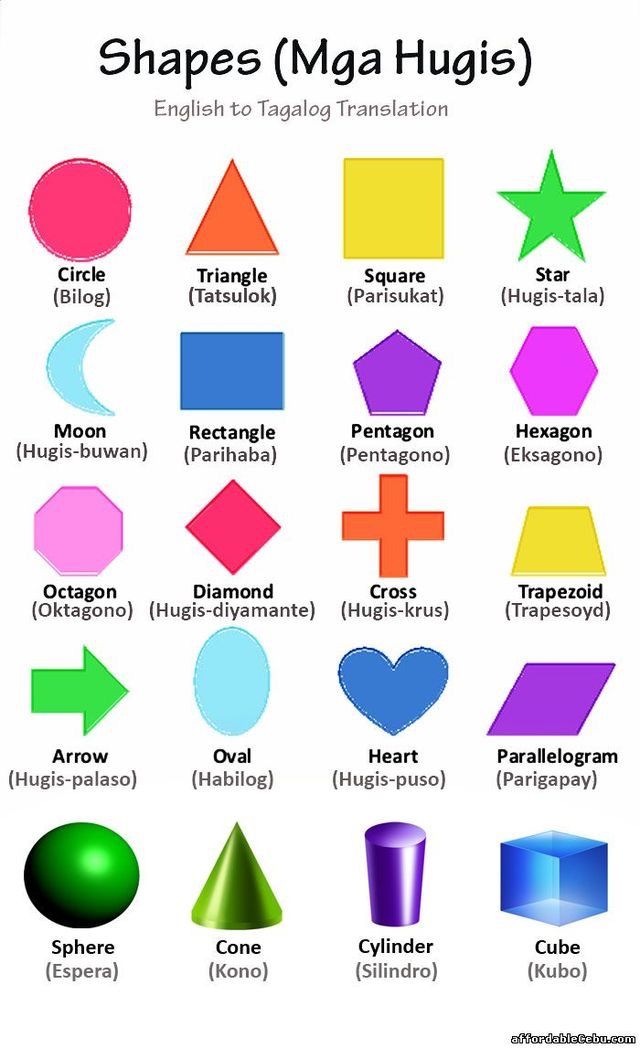 Examples of two-dimensional shapes are Circle, square, rectangle, triangles.
Examples of two-dimensional shapes are Circle, square, rectangle, triangles.
What are Three-Dimensional Geometric Shapes?
In geometry, a three-dimensional shape is a solid shape that has three dimensions, length, width, and height. We generally write it as 3D- shapes. For example, cylinder, sphere, cuboid.
Write the List of Shapes.
There are various shapes categorized on the basis of their dimensions. Given below is the list with one real-world example.
List of 2D geometric shapes:
- Triangle: traffic signboards
- Square: chessboard
- Rectangle: UNO game cards
- Circle: dinner plates
- Oval: Number 0 (zero).
List of 3D geometric shapes:
- Cube: ice cubes
- Cuboid: bricks
- Cylinder: Cold drinks straws
- Sphere: oranges
- Hemisphere: bowls
- Cone: birthday party caps
Why are Shapes Important for Kids?
Shapes help children develop the understanding of identifying visual information about structures revolving around them. It also helps kids in building navigation skills by easily comparing various shapes.
It also helps kids in building navigation skills by easily comparing various shapes.
What is the Use of Geometric Shapes?
Shapes refresh our visual senses in an interesting way. They developed and generate a logical sense of any piece of work in our everyday life. Things around us need a definite shape to recognize and to maintain the balance in nature.
How Many Dimensions Are There in a 2D Shape?
There are only two dimensions in a 2D shape that is a length and breadth.
How Many Dimensions Are There in a 3D Shape?
There are only three dimensions in a 3D shape that is a length, width, and height.
How do you Identify Shapes?
A great way to identify a shape is by knowing the number of sides and points in it. For example, a triangle has 3 sides and 3 points. So, we can easily identify it as a triangle.
☛ Also Check:
- Solid Shapes Worksheets
- 2d and 3d Shapes Worksheets
Is Square a Closed Shape?
Yes, a square is a closed shape as all the sides of the square are connected at all the vertices.
Download FREE Study Materials
Shapes Worksheets
Math worksheets and
visual curriculum
Different Shape Names (with Useful List, Types) • 7ESL
Pin
Are you looking for different shape names in English? Here you will find a list of shapes with different types and useful example sentences. If you work in a business that requires the use of mathematics, for example then it would be very important that you are aware of the English names for shapes.
However, this may not be the only reason that you need to learn this information. When taking part in day-to-day conversations, you will need to learn the shape names in order to describe something or be able to understand what someone is talking about, for example, if a person tells you about ‘the square plate.’ Here, you can learn shape names and further expand your vocabulary.
Table of Contents
Shapes
What Are Shapes?
Shapes are geometric figures, or the pattern an outline falls into.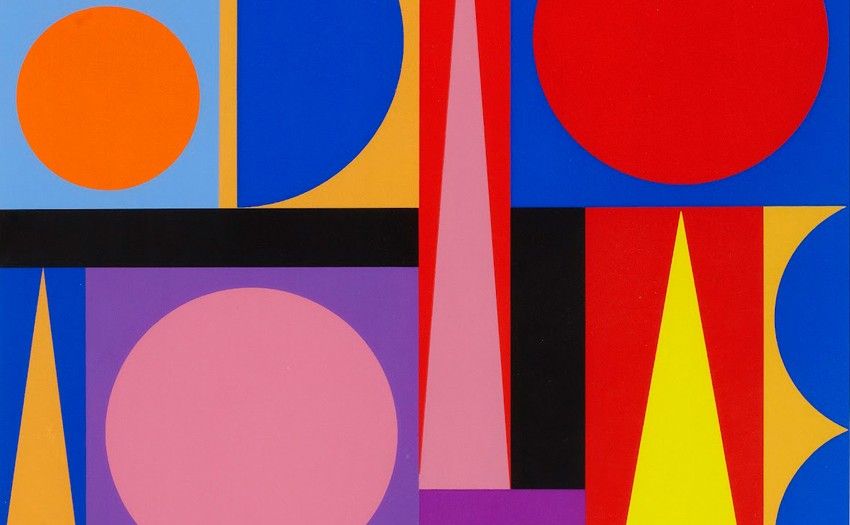 Shapes are often drawn (whether by ink, pencil, or digitally), but they occur in life, also. Frequently, people picture 2D (two-dimensional, or flat) images when they hear the word “shapes,” so most of the objects listed in this lesson will be 2D shapes, but some will be 3D as well.
Shapes are often drawn (whether by ink, pencil, or digitally), but they occur in life, also. Frequently, people picture 2D (two-dimensional, or flat) images when they hear the word “shapes,” so most of the objects listed in this lesson will be 2D shapes, but some will be 3D as well.
Different Types of Shapes
There are many, many different types of shapes, and there are names for basically all of them. The following list focuses on more common shapes that you’re more likely to encounter or to need or want to know the name of.
Shape names with pictures
Pin
Two-Dimensional (Flat) Shapes
- Circle: A circle is an equally round shape. Picture the lid of a jar, flat, from above. That is a circle. The wheels on a car are circular, as well. So are the holes in most lined paper and notebooks.
- Oval: An oval is basically a circle that’s been a little squished.
 The cups of over-the-ear headphones are generally referred to as oval. So is the profile of an egg. Some make a distinction between circles that have been squished in the middle versus circles that have been squished at the top, the former being called an ellipse, but common usage treats both as ovals.
The cups of over-the-ear headphones are generally referred to as oval. So is the profile of an egg. Some make a distinction between circles that have been squished in the middle versus circles that have been squished at the top, the former being called an ellipse, but common usage treats both as ovals. - Rectangle: A rectangle is a shape with four sides, made up of two sets of parallel lines, with four right angles (90 degree angles; picture a capital L). It doesn’t matter whether the sets of sides are the same length. Picture a plain piece of printing paper. This is a rectangle, with one set of sides (generally the top and bottom) shorter than the other set of sides (generally the left and right).
- Square: A square is a very specific type of rectangle, one with four equal sides. Some boxes have a square footprint. Origami paper is square.
- Triangle: A triangle is a shape with three straight sides. These sides can be any length, with any degree of angle, as long as the three sides are joined at their ends.
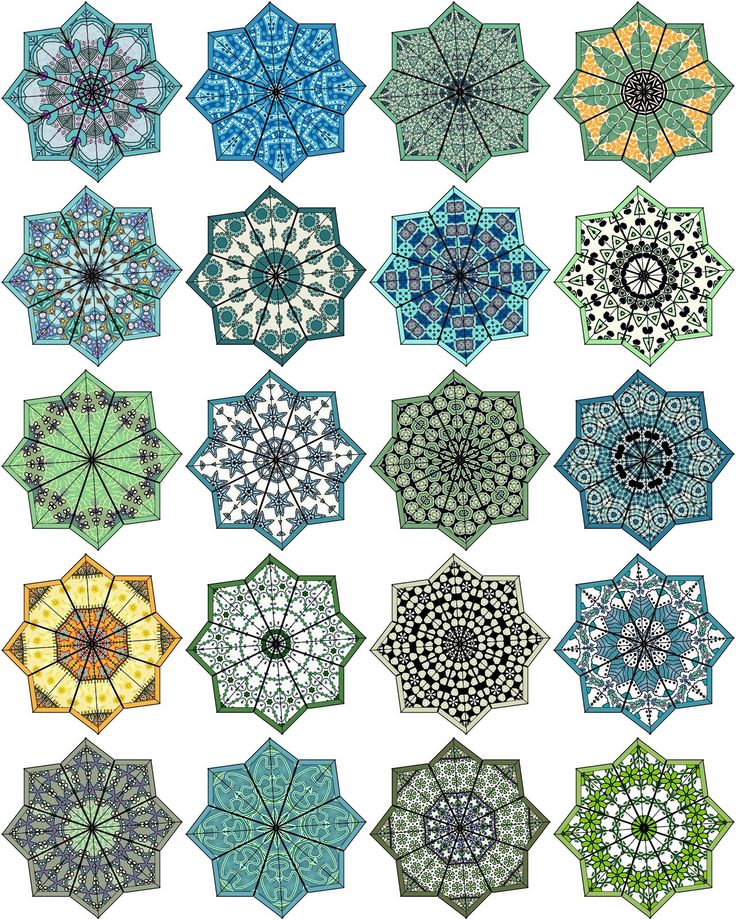 Many warning signs are triangular. A slice of a round pizza is mostly triangular (the crust is a little too rounded to be perfect).
Many warning signs are triangular. A slice of a round pizza is mostly triangular (the crust is a little too rounded to be perfect). - Pentagon: A pentagon is a shape with five sides. A basic drawing of a house, with two lines for the roof, a line for each side, and a line for the bottom is generally a pentagon.
Shapes with more sides are generally named based on how many sides they have. A hexagon has six sides, heptagon has seven, and an octagon has eight.
Three-Dimensional Shapes
Three-dimensional shapes are ones that aren’t just flat on paper, but also take up room vertically. Only a few are really commonly named.
- Sphere: A sphere is a 3D circle, like a ball.
- Cube: A cube is a 3D square, like a box.
- Pyramid: A pyramid is a 3D triangle. The giant structures in Egypt are pyramids, as is the Luxor in Las Vegas.

Shape Names
It’s important to build a good vocabulary, in any language. The more words you know and understand, the better you can communicate. Even if you don’t use the words often, understanding them allows you to follow along with a conversation, even if it ventures a little outside of your comfort zone. This lesson is specifically focused on different types of shapes.
List of Shapes- Nonagon
- Octagon
- Heptagon
- Hexagon
- Triangle
- Scalene triangle
- Right triangle
- Parallelogram
- Rhombus
- Square
- Pentagon
- Circle
- Oval
- Heart
- Cross
- Arrow
- Cube
- Cylinder
- Star
- Crescent
The math student measured each side of the nonagon until he had measurements for all nine edges.
Pin
OctagonThe sectional shape is a quarter of an octagon.
Pin
HeptagonThe pagoda has a base of heptagon.
Pin
HexagonA hexagon is a six – sided figure.
Pin
TriangleThe sum of all the angles of a triangle is 180 degrees.
Pin
Scalene triangleA scalene triangle is a triangle that has three unequal sides.
Pin
Right triangleThe hypotenuse is the longest side of a right triangle.
Pin
ParallelogramThese are the opposite sides of the parallelogram.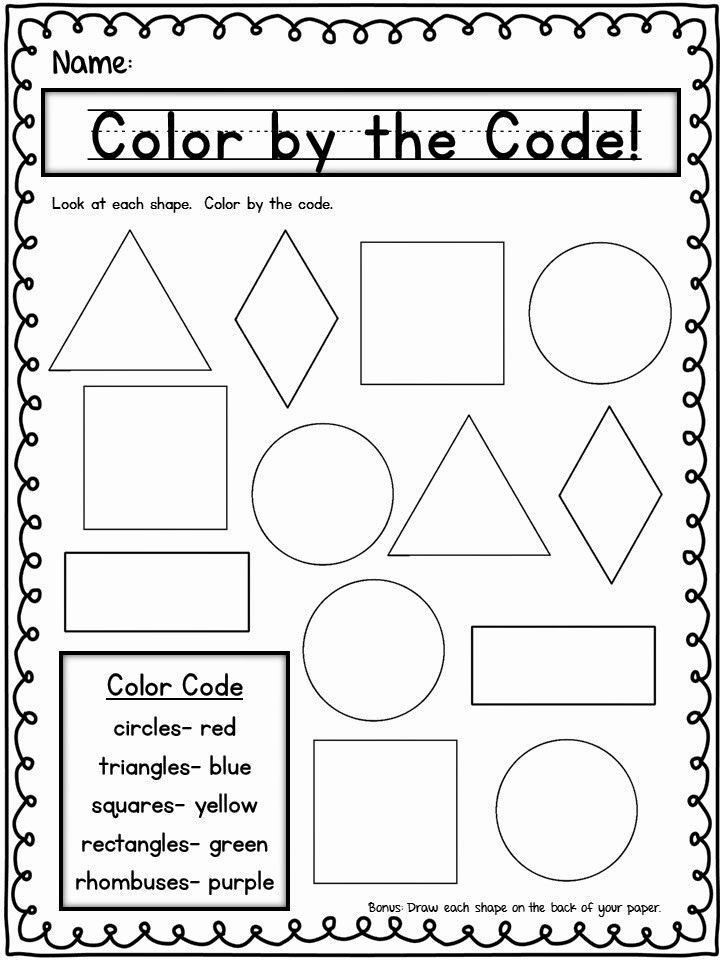
Pin
RhombusA rhombus is a simple quadrilateral whose four sides all have the same length.
Pin
SquareThe interior angles of a square are right angles or angles of 90 degrees.
Pin
PentagonDraw a pentagon, a regular five-sided figure.
Pin
CircleThe students sit in a circle on the floor.
Pin
OvalThe shape of the earth is an oval.
Pin
HeartThe pool was in the shape of a heart.
Pin
CrossThe cross is the symbol of Christianity.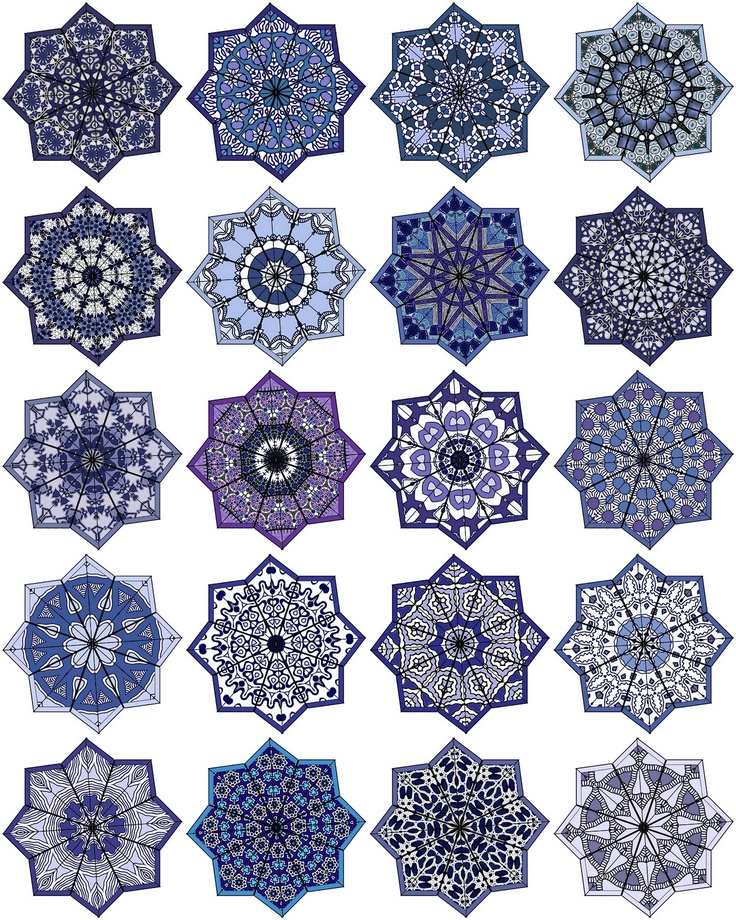
Pin
ArrowIt flew straight as an arrow.
Pin
CubeThe box was cube-shaped.
Pin
CylinderThe cylinder is rotated 180 degrees.
Pin
StarShe cuts these paper into star-shaped.
Pin
CrescentHe has a crescent–shaped knife.
Pin
Shapes | PictureLearn different shapes with images to improve and expand your vocabulary, especially shapes and colors vocabulary words in English.
PinShapes: Different Shape Names (with Useful List, Types)Shapes Names VideoThere are shapes everywhere, and so references to them happen frequently.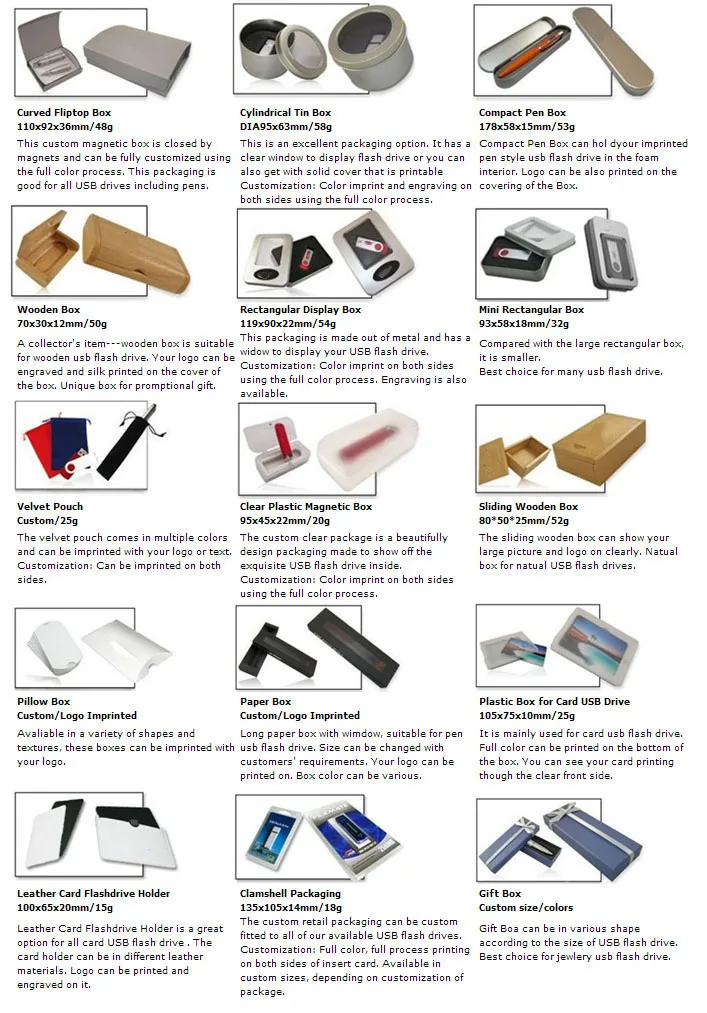 Hopefully, after this lesson, you’re feeling prepared to deal with shapes!
Hopefully, after this lesson, you’re feeling prepared to deal with shapes!
Variety of Shapes Seamless Design Vector Patterns
- new
- fashionable
- Eternal
- Children nine0004
- flowers
- Animals
- cultures
- Seasonal nine0004
- figures
- Tasty
Share
| Keywords | nine0032 | |||
|---|---|---|---|---|
| ID | #29268 | |||
| Designer | Yajai Kaewkam | ID #29268 | ||
| License details | nine0062 Prices||||
| Prices License details | Vector unlimited | Royalty Free SVG, EPS, PDF, JPEG | USD 35. 20 20 | |
| JPEG printing | Limited license 1181x1181 px | USD 8.10 | ||
| JPEG screen | Limited license 150x150 px | nine0037 USD 2.70|||
| Design added to cart Add to Shopping Cart Go to cart | ||||
More Similar Designs
"Variety of forms and methods of work in the classroom in elementary school" | Article:
MKOU "Yashalta Secondary School named after V.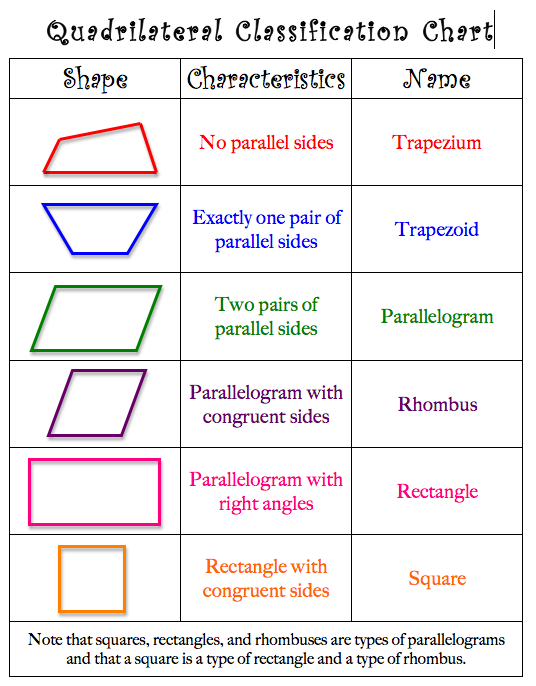 A. Panchenko"
A. Panchenko"
Generalization of experience
on the topic:
"Variety of forms and methods of work in the classroom in elementary school"
Completed by Drobyazko L.V.
primary school teacher
2017
The development of the information society, scientific and technological transformations, market relations require from each person a high level of professional and business qualities, entrepreneurship, the ability to navigate in difficult situations, quickly and accurately make decisions. nine0025
Over the past decades, in my opinion, there has been a clear trend towards a change in the essence, goals and priority values of Russian primary general education. New modern Federal State Educational Standards establishes requirements for the results of students who have mastered the basic educational program of primary general education. One of them is a meta-subject one, which includes the mastering by students of universal learning activities (cognitive, regulatory and communicative), which ensure the mastery of key competencies that form the basis of the ability to learn
In this regard, the developmental function of learning becomes a priority, which should ensure
- the formation of the personality of a younger student,
- the disclosure of his individual capabilities.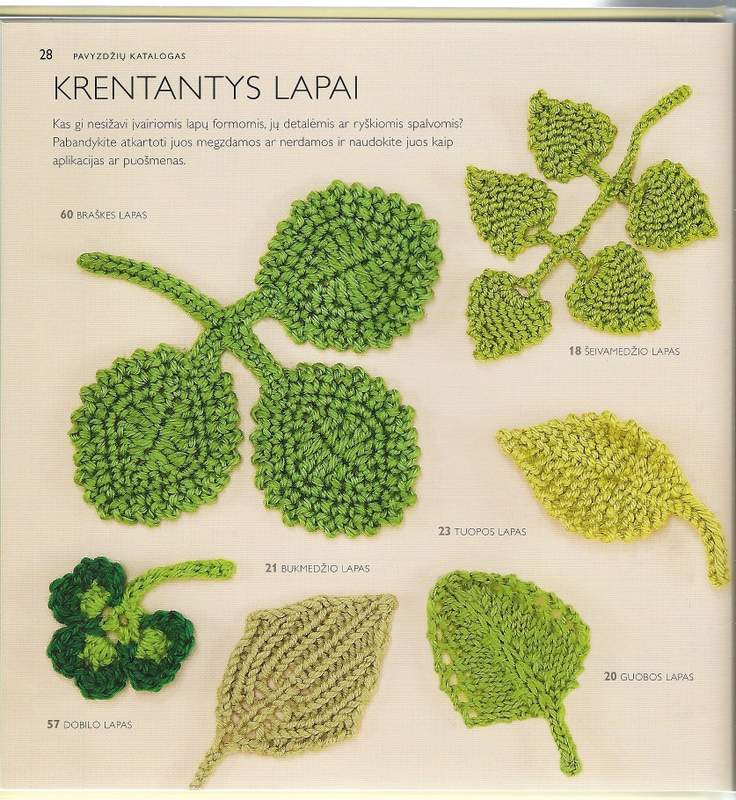
Personally-oriented pedagogical technologies are widely used in elementary school. The practice when the teacher works frontally with the whole class is becoming a thing of the past. The authoritarian style of communication between teacher and student is gradually overcome. In the educational process I use methods and technologies that are adequate to the age characteristics of a younger student. I am developing criteria for assessing the educational achievements of students in conditions of ungraded learning. nine0025
The result of fundamental changes in primary education was the variety of educational and methodological complexes and individual teaching aids, author's methodological systems and pedagogical technologies. Teachers received the right to freedom of choice and use in practical activities (Article 55 of the Law of the Russian Federation "On Education") To date, in elementary school, the "technology of the activity method of teaching" has become most widespread. At the same time, a new technology, a new way of organizing learning does not destroy the "traditional" system of activity, but transforms it, preserving everything necessary for the implementation of new educational goals. nine0025
At the same time, a new technology, a new way of organizing learning does not destroy the "traditional" system of activity, but transforms it, preserving everything necessary for the implementation of new educational goals. nine0025
The educational process in the modern elementary school is focused on the development of the child's creative abilities and the formation of students' ability to self-educate. The most important priority of primary general education is the formation of general educational skills and abilities, the level of development of which largely determines the success of all subsequent education. I am aware of the importance of students' independent work as a teaching method, the implementation of which contributes to the preparation for self-education, self-control, the formation of skills to plan, analyze, and make generalizations. Therefore, the leading method in my work is the activity method. nine0025
To teach activity means
- to make learning motivated,
- to teach a child to independently set a goal and find ways, including means, to achieve it (i.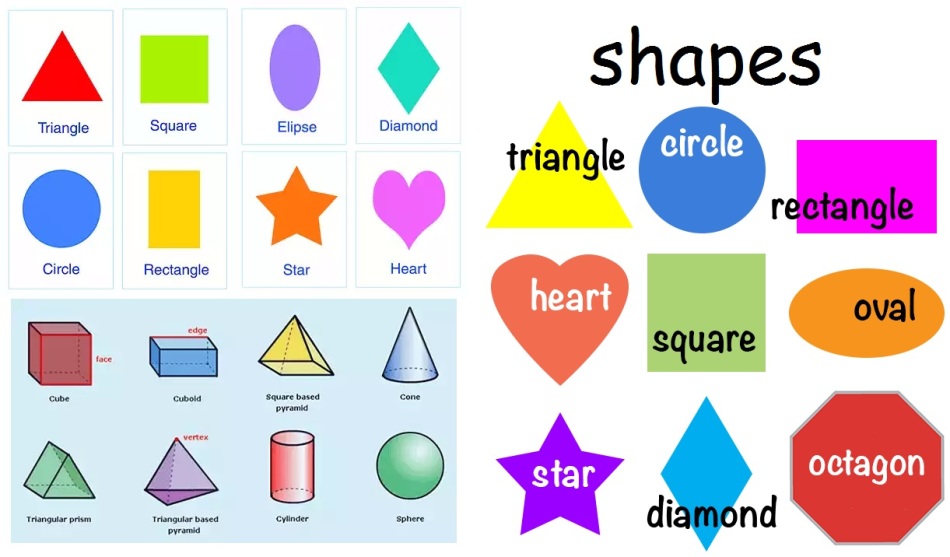 e., optimally organize their activities),
e., optimally organize their activities),
- help the child develop the skills of control and self-control, assessment and self-esteem.
Children in the classroom work according to their abilities, participate in an equal dialogue, realize the value of their participation in solving a variety of educational tasks. This technology requires students to be able to express their opinion, justify it, build a chain of logical reasoning. The learning process is more efficient when I talk less than my students. The technology of the activity method means that the formulation of the educational problem and the search for its solution are carried out by students in the course of a dialogue specially built by the teacher. Children under my guidance, but with a high degree of independence, answering questions, discover new knowledge. nine0025
I give children the opportunity to develop the ability to see each phenomenon from different points of view. Possession of such a skill is one of the most important characteristics of modern man.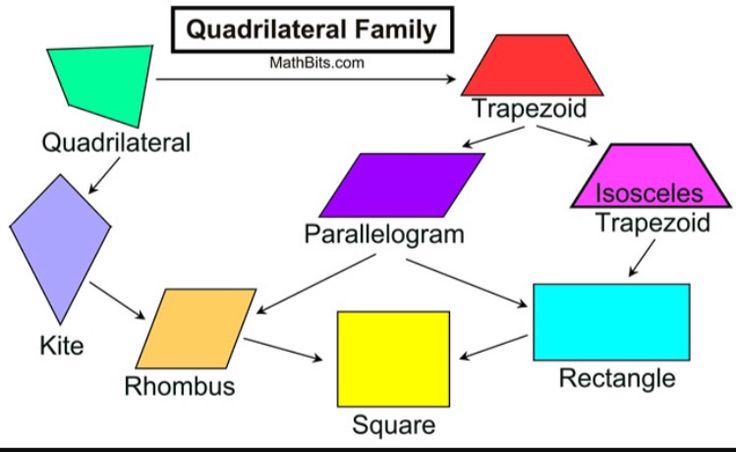 It is associated with such personality traits as tolerance for other people's opinions and habits, willingness to cooperate, mobility and flexibility of thinking.
It is associated with such personality traits as tolerance for other people's opinions and habits, willingness to cooperate, mobility and flexibility of thinking.
In the process of work, I came to the conclusion that a child who has not mastered the methods of educational activity in the primary grades of the school inevitably goes into the category of underachievers in the middle school. Learning through the activity method provides for such an implementation of the educational process, in which at each stage of education, a number of intellectual qualities of the individual are simultaneously formed and improved. nine0025
I believe that the correct use of the activity method of teaching in elementary school lessons will optimize the learning process, eliminate student overload, prevent school stress, and most importantly, make school learning a single educational process.
Variety of lesson methods and forms of educational work is the most important condition for maintaining the attention of primary school students.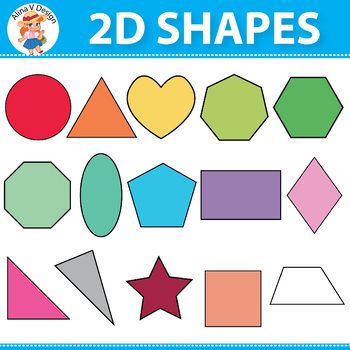
The necessary conditions for the productive work of thinking and imagination will be the correct organization of perception and memory of students, the creation of a certain attitude and the organization of attention. nine0025
The difficulty in the lessons is the mobilization of students' attention when repeating what they have learned. For students who know the material, this is a boring activity that seems unnecessary to them, for those who have forgotten everything, repetition is hard and unpleasant work. The task of the teacher is to make repetition interesting and useful in the lesson. To do this, when repeating, it is important to apply new illustrations, to interest students in putting knowledge in order, in a certain system, so that they are well remembered.
There are psychological problems in the organization of attention in the classroom for younger students. Children get tired quickly, can be attentive for no more than 20 minutes. Therefore, at any stage of the lesson, visual aids are needed.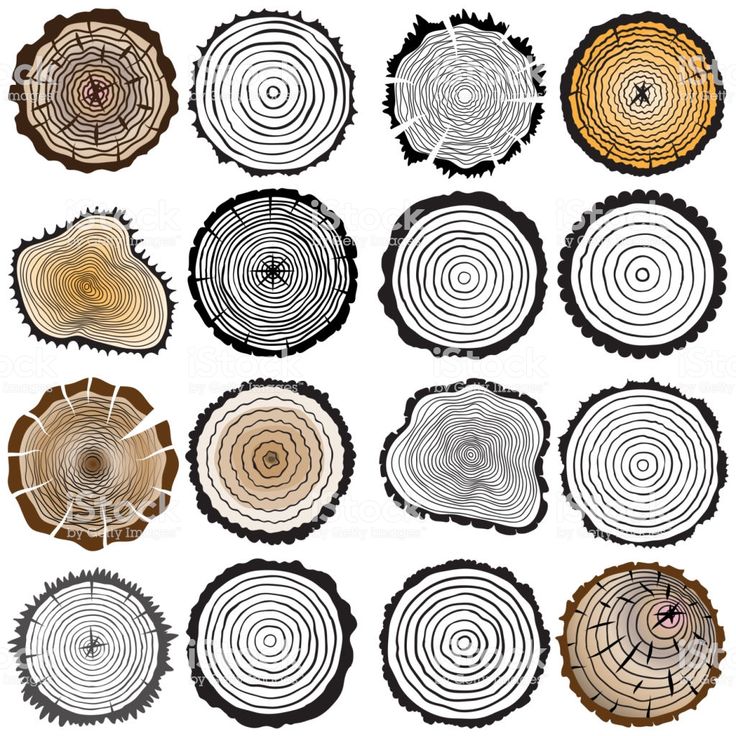 nine0025
nine0025
The significance of visualization in the educational process is considered in connection with the methodological tasks that are set for visual aids, with the need and expediency of using this particular visual aid at this particular stage of the educational process.
The value of visualization is that it mobilizes the mental activity of students, arouses interest in language classes, expands the amount of material to be learned, reduces fatigue, trains creative imagination, develops attention, mobilizes the will, and facilitates the entire learning process. nine0025
When using visual aids, the teacher must take into account both the age and individual characteristics of students.
Visualization corresponds to the peculiarities of children's thinking, contributes to a better organization of the attention of younger students in the classroom.
Thus, the use of visual aids - drawings, pictures, charts, tables, photographs plays a big role; brings variety to the educational process; gives students the opportunity to visualize what is being said in a given situation.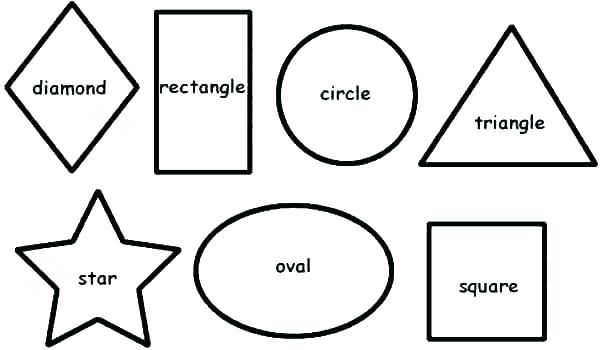 Pictures evoke positive emotions of students, awaken and develop their imagination, play an important role in the development of children's creative abilities. nine0025
Pictures evoke positive emotions of students, awaken and develop their imagination, play an important role in the development of children's creative abilities. nine0025
The use of technical teaching aids leads to an increase in the quality of students' knowledge, contributes to concentration, increases interest in educational material.
Technical means are necessary to improve the quality of education and help the teacher to solve the following tasks:
give students more complete and accurate information about the phenomenon or object being studied and thereby help improve the quality of education;
increase visibility. Use of visual and game methods, use of technical means and other ways of organizing and developing attention. nine0025
First grade places a lot of emphasis on conscious learning and grammar. In the teacher's lessons, many grammar exercises are replaced by games, since for children at this age this is the main and favorite activity, as well as an additional incentive to learn the language.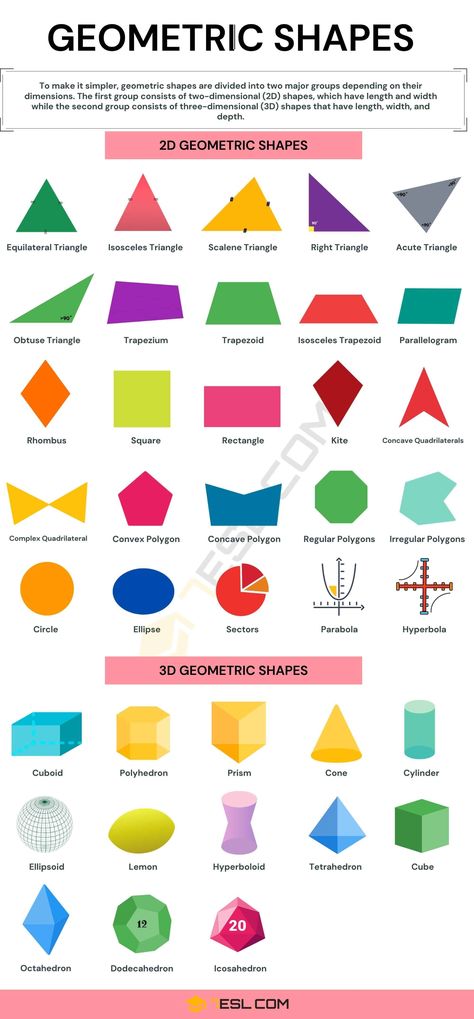
It is clear that at primary school age there is a gradual change of leading activity - play to learning, and learning becomes the leading activity, but especially the game retains its importance. nine0025
The ability to use gaming activities allows you to provide natural motivation for knowledge, make even the most elementary material interesting and meaningful. It is the use of gaming teaching methods that makes it possible to lay the foundations for the formation of the main components of educational activity: the ability to see the goal and act in accordance with it, the ability to control and evaluate their own actions and the actions of other children.
Games also contribute to the fulfillment of important methodological tasks:
creation of children's psychological readiness for verbal communication;
ensuring the natural necessity of repeated repetition of material by them;
training students in choosing the right option.
Game is a specially organized activity that requires emotional and mental strength.
Game activity in the classroom sharpens the mental activity of the players, develops attention. Game techniques perform many functions in the process of child development, facilitate the learning process, help to assimilate material that grows every year and unobtrusively develop the necessary competencies. nine0025
learning and, as a result, to make available to students such material that is not available or difficult to access with conventional methods of presentation. A five-minute film can make objective learning material accessible to students;
speed up the presentation of the material;
meet the needs and natural curiosity of students to the fullest extent;
facilitate the work of teachers and students.
The use of songs in the classroom increases interest in the subject, contributes to aesthetic education, the development of musical ear, memory, and reduces fatigue. The children enjoy learning the songs. Music and singing help, without much difficulty, to more firmly assimilate and expand vocabulary, as song texts include new words and expressions.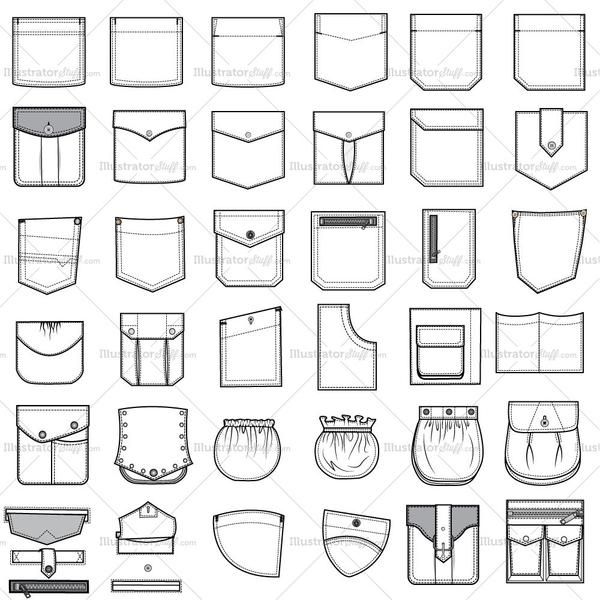 In songs, already familiar vocabulary is found in a new contextual environment, which contributes to its activation. On a song basis, grammatical material is much easier to assimilate. The song is a stimulus for the development of speech skills, and can also act as a kind of relaxation in the middle or at the end of the lesson, when the children are tired. nine0025
In songs, already familiar vocabulary is found in a new contextual environment, which contributes to its activation. On a song basis, grammatical material is much easier to assimilate. The song is a stimulus for the development of speech skills, and can also act as a kind of relaxation in the middle or at the end of the lesson, when the children are tired. nine0025
One of the effective means is the use of poems and rhymes. They can be used in phonetic exercises, when presenting lexical units, when studying grammar, since this form is most convenient for memorizing and phonetic processing of the material. Some poems and rhymes help to educate children in moral qualities, a culture of behavior, a respectful attitude towards each other and other people. Memorizing short poems and rhymes does not require much effort from students and serves as an effective means of mastering language material. nine0025
Younger students love fairy tales. They will easily and with pleasure learn new lexical material if their favorite fairy-tale characters come to their aid.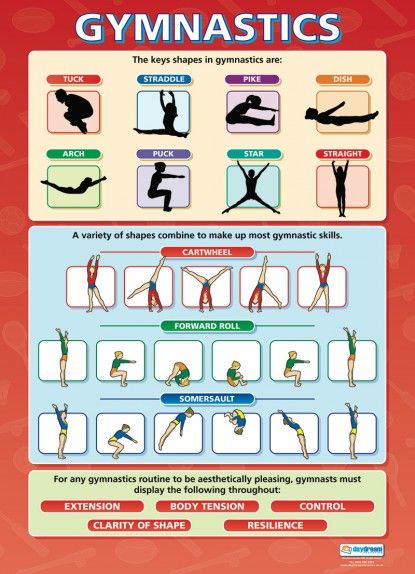 At the lesson, children act out small scenes from fairy tales, introduce their heroes, play games, sing and dance with cute fairy tale characters.
At the lesson, children act out small scenes from fairy tales, introduce their heroes, play games, sing and dance with cute fairy tale characters.
It is known that it is hard to work on the last school days before the holidays or on public holidays. It's even harder for kids to study on days like this. Unusual lessons will come to the rescue here: "drawing". Such lessons should be made unusual, memorable and useful. The "drawing" lesson is dedicated to a certain topic, a holiday. You can invite children to convey the content of poems, fairy tales, songs in drawings. nine0025
While reciting short poems, you can draw them with paints and felt-tip pens at the same time. It develops creative imagination. Tasks of this kind, due to their visibility, contribute to the formation of creative activity.
At present, the problems of children's health have become especially relevant due to the steady trend of deteriorating children's health.
Schools use a large number of innovative technologies and varied programs.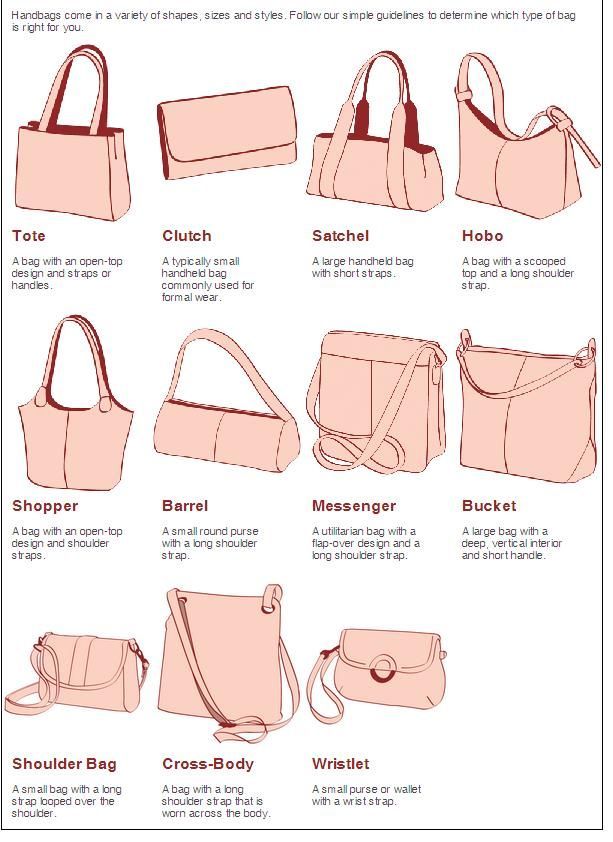 The volume of cognitive information is constantly increasing, because of this, the density of the network of training sessions and the share of mental load is growing. nine0025
The volume of cognitive information is constantly increasing, because of this, the density of the network of training sessions and the share of mental load is growing. nine0025
As a result, children are often overworked, their functional capabilities are reduced, which negatively affects not only the state of health, but also the prospects for their further development.
One of such means is the use of health-saving technologies in schools.
A common feature of many pedagogical technologies is the use of training programs that are individualized in content, in terms of the pace of educational and cognitive activity of schoolchildren, and methods of working with different children. nine0025
Speaking about a stress-free environment for a child at school, I would like to recall a little about the characteristics of a primary school student. We will pay special attention to the youngest students - first-graders.
If, while studying educational material, a child is left without relying on what he knew and was able to do before, then in his own eyes he will become ignorant and incapable of anything, defenseless.
The state of a child's health also significantly depends on how education takes place.
It is known that it is precisely the difficulties in studying the material that are often the main causes of psychological discomfort, an increase in the level of anxiety in children, leading to a decrease in the capabilities of the child's body, and, consequently, to a decrease in the quality of health. nine0025
Based on these factors, I have formed a preference for certain forms of work in the classroom, which bring consistently good results in learning activities, and most importantly, help students learn learning material without stress, in an accessible form.
In my lessons I use individual, group work and work in pairs, because in my opinion, these forms of work correspond to a stress-free environment in the classroom.
Let's go back to the first grader. Before the child came to school, play was the leading activity. A preschooler almost always had a society of peers - partners in the game.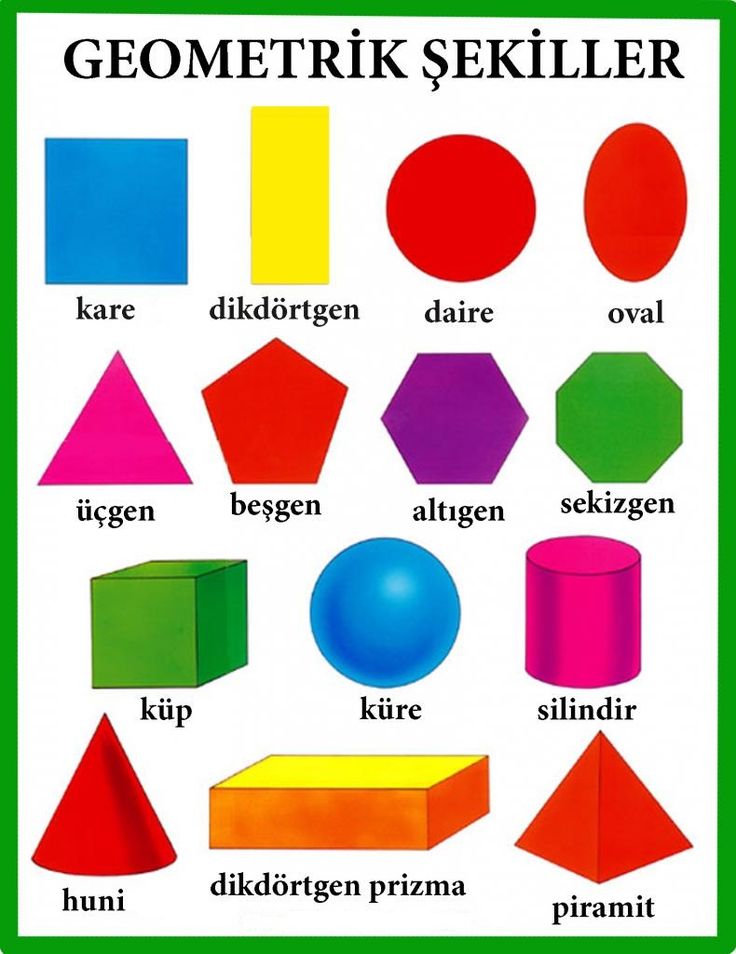 nine0025
nine0025
Then a very important change takes place in the child's life: he becomes a schoolboy. He goes to school with joy - novelty attracts. However, in the process of learning, they are deprived of communication with their peers (it is forbidden to talk to each other, mutual assistance is called prompting and cheating).
Children study side by side, but not together, without cooperating with each other.
I use a paired form of work to increase the activity of students when performing various tasks. The use of this type of work allows me to involve the maximum number of children in active work, diversify the forms of communication between children in the classroom, gives each child the opportunity to work at an accessible level at an individual pace, teach children to evaluate the work of another and comprehend their own information that they pass on to another. nine0025
Children finish pair work, holding hands tightly and lifting them up.
Another effective form of work is group work, which is also used at various stages of the lesson (checking homework, consolidating what has been learned, explaining new material, checking the quality of assignments), in lessons of various types, in research and project activities.
The main task of a modern school is to reveal the abilities of each student, to educate a personality ready for life in a high-tech, competitive world. The school should prepare a graduate who has the necessary set of modern knowledge, skills and qualities that allow him to feel confident in independent life. nine0025
Traditional reproductive education, the passive subordinate role of the student cannot solve such problems. To solve them, new pedagogical technologies, effective forms of organization of the educational process, active teaching methods are required.
Active teaching methods is a system of methods that provide activity and variety of mental and practical activities of students in the process of mastering educational material.
Active teaching methods are divided into methods of starting a lesson, clarifying goals, expectations, fears, presenting educational material, organizing independent work, relaxation, debriefing. Each of these methods allows you to effectively solve specific tasks of a particular stage of the lesson. nine0025
nine0025
Some of the methods used in my practice are described in this article.
Methods such as “Let's smile at each other”, “Say hello with your elbows” dynamically help to start the lesson. Children, completing the task, should touch, smile, name the names of as many classmates as possible. Such funny games allow you to start the lesson in a fun way, warm up before more serious exercises, and help establish contact between students within a few minutes.
Do not forget about the restorative power of relaxation in the lesson. After all, sometimes a few minutes are enough to shake things up, have fun and actively relax, and restore energy. Active methods - "physical minutes", dance warm-ups and many others will allow you to do this without leaving the classroom.
Wonderful creations appear at the end of the lesson. Each solution is unique, expressive. Learning how to work together in groups, listening to the opinions of comrades, collectively creating wonderful works (pictures, newspapers, books) from the materials collected together is the main goal of this lesson. nine0025
nine0025
If the teacher himself takes part in this exercise, in addition to benefiting himself, he will also help insecure and shy students to participate more actively in the exercise.
IM Verzilin used to say “A lesson is the sun, around which all other forms of training revolve like planets”.
The organization of the educational process in modern technologies requires a modern teacher to improve practical activities by searching for new value priorities in determining the goals and content of the forms and methods of constructing students' educational activities. nine0025
The use of non-standard forms and methods is one of the important means of teaching, because they form a steady interest in learning among students, relieve tension, stiffness, which are characteristic of many children, help to form the skills of educational work, the actual educational activity. Non-standard lessons have a deep emotional impact on children, thanks to which they form stronger, deeper knowledge.
In the preparation of such lessons, not only the teacher takes part, but also the students, since much time in such a lesson is devoted to the presentation of homework. There is an opportunity to differentiate training, the scope of the curriculum is expanding, and the authority of even the weakest student is rising. Depending on the goals of a particular lesson and the specifics of the topic, the forms of classes may be different. To get away from the uniformity of the structure of the lesson, to overcome stereotypes in teaching, to make the lesson joyful and interesting, the teacher plans, builds the lesson in accordance with his experience, mood, temperament. nine0025
Here are a few examples that allow me to cope with the fatigue of children, to help set them up for work.
In the Russian language lessons, much attention is paid to vocabulary work. If you try to diversify the methods of conducting vocabulary work, then the children will not lose interest in this stage of the lesson, and in my opinion, they will have more desire to prepare for vocabulary work at home.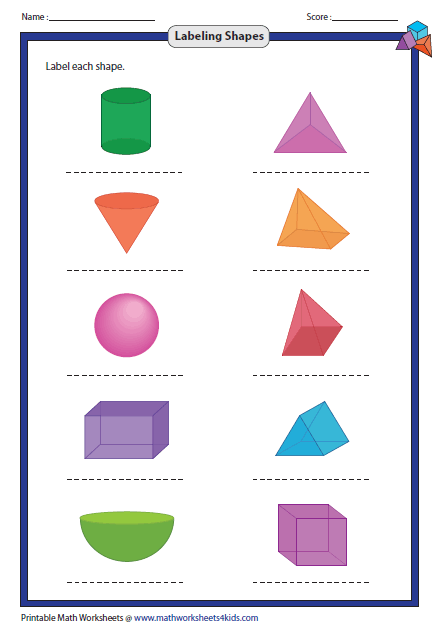
At the lessons of mathematics during the lessons-competitions, I use an interactive whiteboard. To attract the attention and activity of students at the beginning of the lesson, I conduct an oral count with elements of the game “Write down only the answer”. Examples are written in two columns by options. After the children have written down the answers, using the animation on the interactive whiteboard, they conduct a self-check or mutual check. Students like this type of work, as they act as a teacher. When performing oral calculations, I demonstrate diagrams, puzzles. nine0025
I offer students creative tasks that can be expressed: in compiling a crossword puzzle on a topic, writing down words, underlining spelling, highlighting parts of a word, finding a grammatical basis and secondary members of a sentence.
Lessons of literary reading will be uninteresting and boring if audio means are not included in their content. For example, in the lesson “Literary Living Room”, I suggest that children listen to recordings of exemplary reading of small works.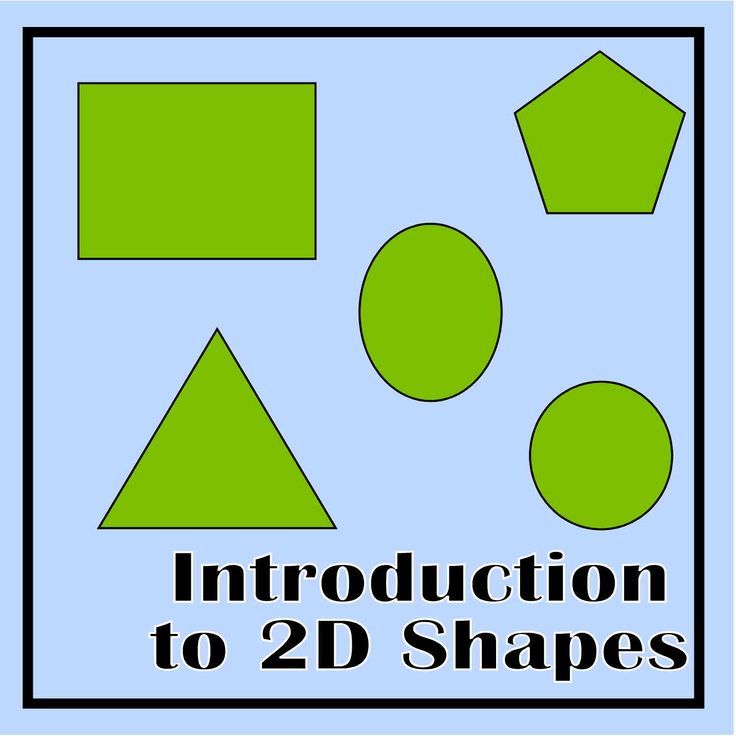 This teaches expressive reading, the ability to feel the mood, to determine the character of the characters. Reading poetry to a well-chosen soundtrack causes a storm of emotions in the souls of young listeners, a desire to try to evoke the same feelings in others. Lessons - quizzes on fairy tales - increase the creative and intellectual potential of students, expand and consolidate the knowledge gained. nine0025
This teaches expressive reading, the ability to feel the mood, to determine the character of the characters. Reading poetry to a well-chosen soundtrack causes a storm of emotions in the souls of young listeners, a desire to try to evoke the same feelings in others. Lessons - quizzes on fairy tales - increase the creative and intellectual potential of students, expand and consolidate the knowledge gained. nine0025
The use of design and research activities in the lesson of the world around us allows you to develop active independent thinking of the child and teach him not only to memorize and reproduce the knowledge that the school gives him, but to be able to apply them in practice. When choosing a project topic, I focus on the interests and needs of students, their capabilities and the personal significance of the work ahead, the practical significance of the result of the work on the project.
One of the forms of cognitive activity is a game that promotes the development and strengthening of interest in mathematics. In order to arouse interest in the score, I use the following role-playing games in various versions: “Fishing”, circular examples, “Who is faster”, “Find the mistake”, “Code answer”, “Mathematical domino”, “Collect a card”, “Relay race ". nine0025
In order to arouse interest in the score, I use the following role-playing games in various versions: “Fishing”, circular examples, “Who is faster”, “Find the mistake”, “Code answer”, “Mathematical domino”, “Collect a card”, “Relay race ". nine0025
The game form of lessons can be used at different stages of the lesson. Determination of the place of the didactic game in the structure of the lesson and the combination of elements of the game and teaching largely depend on the teacher's correct understanding of the functions of didactic games and their classification. First of all, collective games in the classroom should be divided according to the didactic tasks of the lesson. First of all, these games are educational, controlling, generalizing.
Didactic game
Didactic game is one of the unique forms - it is a conditional entertaining activity aimed at the formation of knowledge, skills and abilities. Didactic games are a type of training sessions that are organized in the form of educational games, implement a number of principles of gaming and active learning, which are distinguished by the presence of game activity rules, a fixed structure and assessment systems.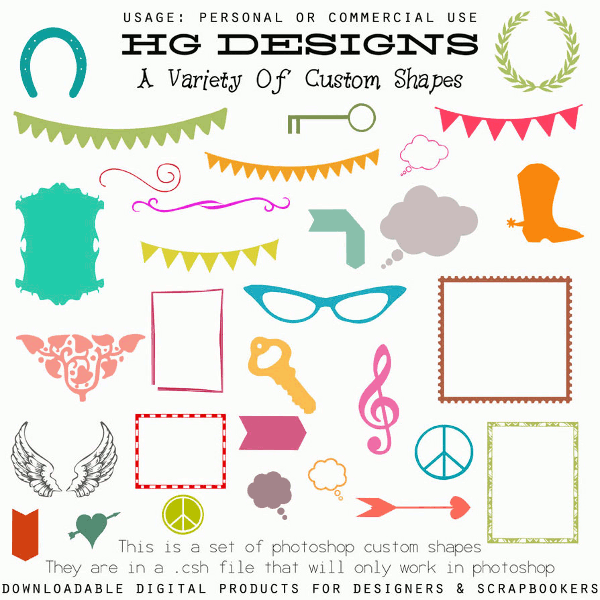 nine0025
nine0025
A distinctive feature of these games is the presence of a game situation, usually used as the basis of the method. In the game, the activities of the participants are formalized: there are rules, a strict system of evaluation, and a procedure or regulation is also provided. A didactic game is such a collective and purposeful learning activity in which each participant and the team as a whole are united by the solution of the main task and orient their behavior towards winning.
Mini competition
Mini-competitions are good for warming up. Their main goal is to test students' knowledge on the topic under study. The spirit of competition makes each student get involved in the work, because it depends on the work of each whose team will win.
The students of each team need not only to solve the tasks, but also to check whether they have done everything correctly, and those students who have difficulties are helped by stronger students. The team that solves all the problems faster wins. nine0025
nine0025
Coding tasks also attract the interest of students: on the board, next to the examples, the answers are coded with letters. Students solve tasks, choose the correct answer and open the letter-code corresponding to the correct answer. As a result, students receive an encrypted word.
However, it should be noted that in the choice of non-standard lessons, a measure is needed, because students get used to unusual ways of working, lose interest and progress noticeably decreases. In the general system, the place of non-traditional lessons should be determined by the teacher himself, depending on the conditions of the content of the material, the specific situation and the individual characteristics of the teacher himself. nine0025
A modern lesson cannot be held without the involvement of information and communication technologies. One of the advantages of non-traditional lessons with the use of IT tools is its emotional impact on students, which is aimed at shaping students' personal attitude to what they have learned, at developing various aspects of students' mental activity. At such lessons, children of primary school age develop the skills and desire to learn, an algorithmic style of thinking develops, knowledge and skills are laid not only in a particular academic subject, but also in the possession of IT tools, without which further successful learning is impossible. nine0025
At such lessons, children of primary school age develop the skills and desire to learn, an algorithmic style of thinking develops, knowledge and skills are laid not only in a particular academic subject, but also in the possession of IT tools, without which further successful learning is impossible. nine0025
Presentation is a powerful means of visualization, development of cognitive interest. The use of multimedia presentations allows you to make lessons more interesting, includes not only vision, but also hearing, emotions, imagination in the perception process, helps children to immerse themselves in the material being studied, and make the learning process less tiring.
So, for example, when studying the theme of the world around “Diversity of plants on Earth”, it is useful to ask children with the question “Do you want to know more about the plants of our country? Let's find information on the Internet, make a presentation together." Thanks to the presentations, those students who usually were not very active in the classroom began to actively express their opinions and reason.